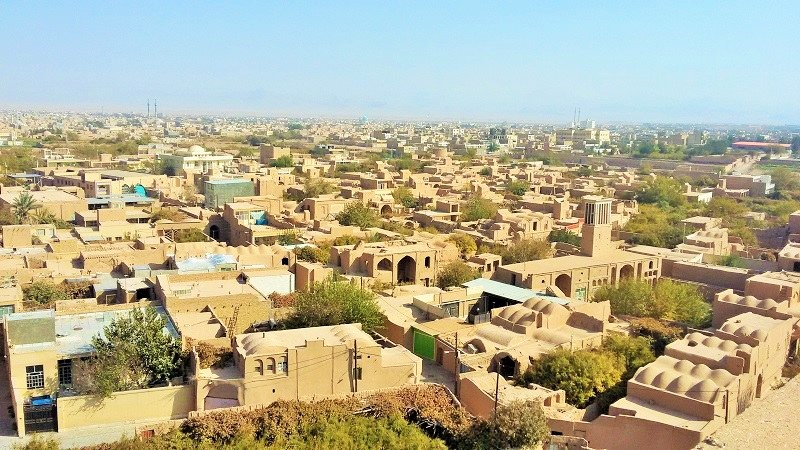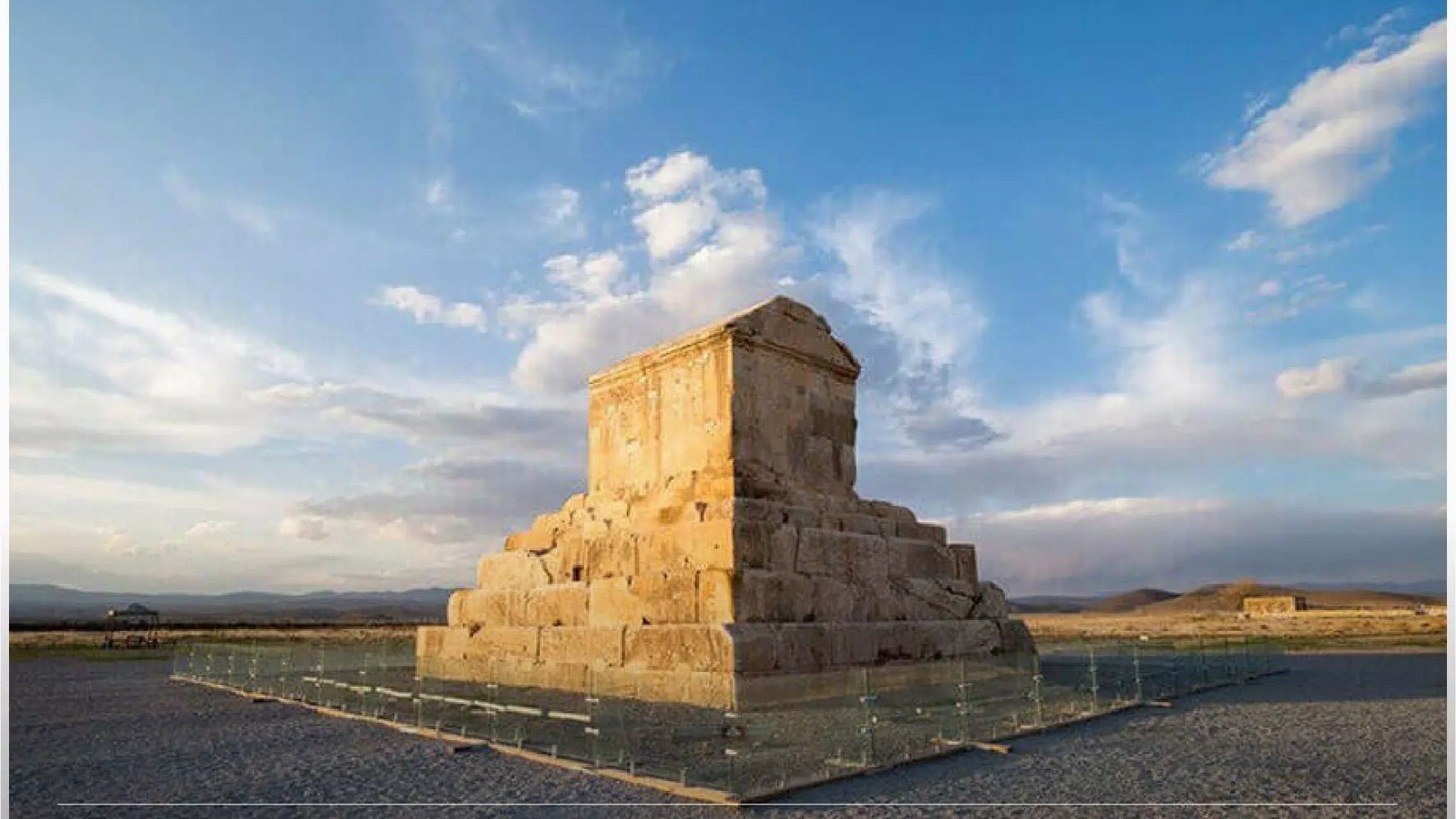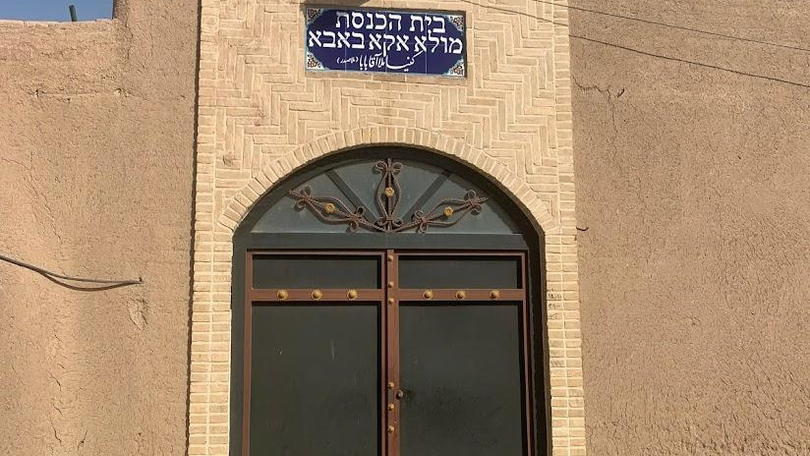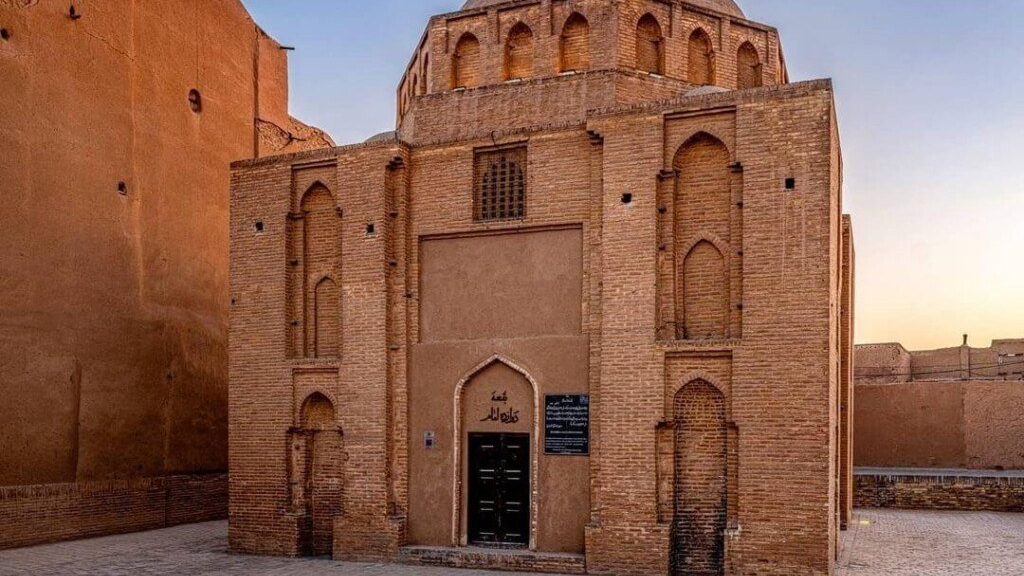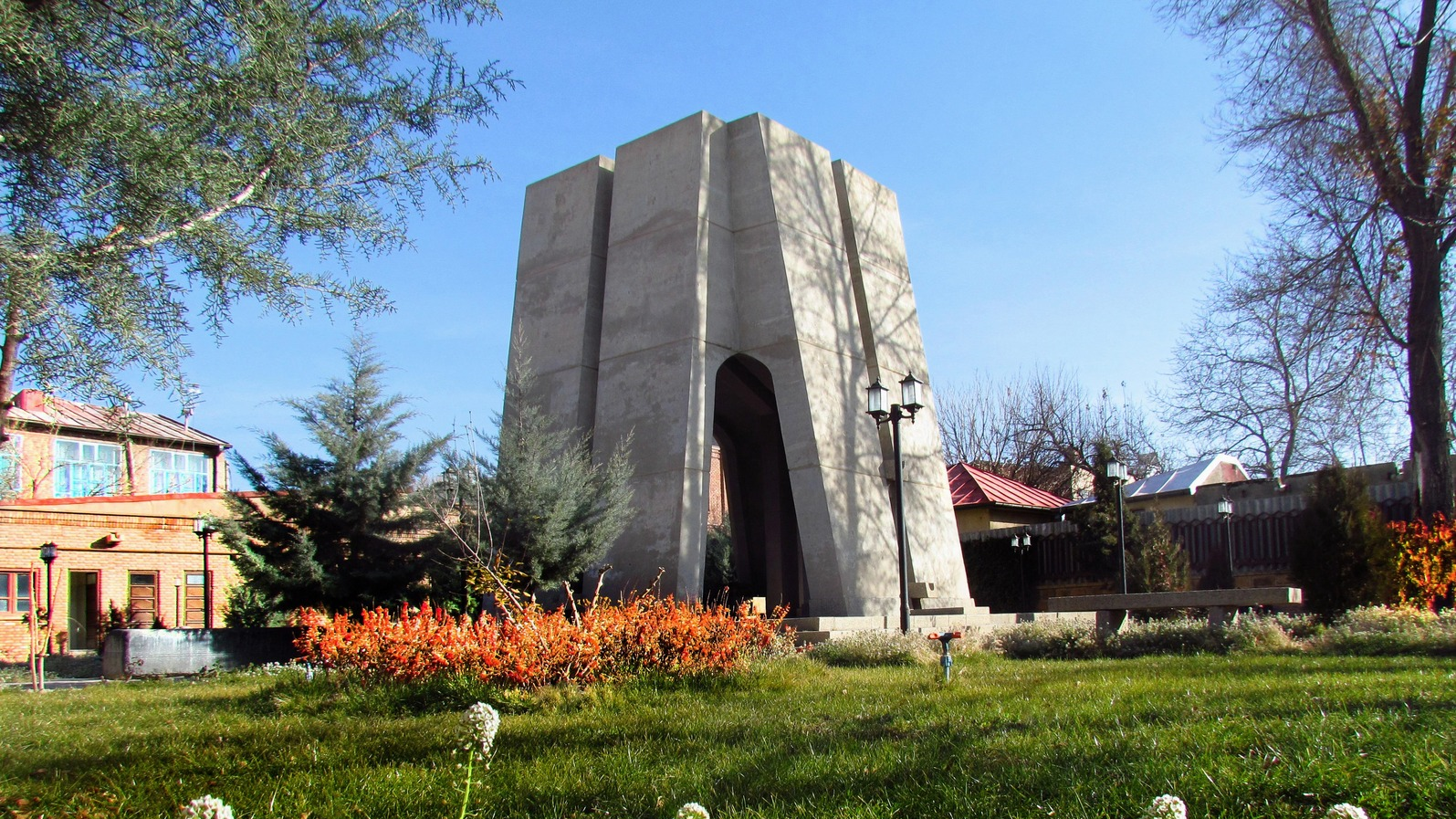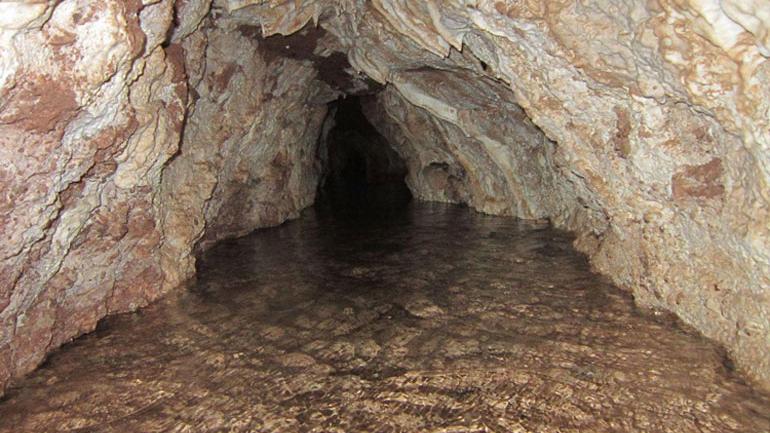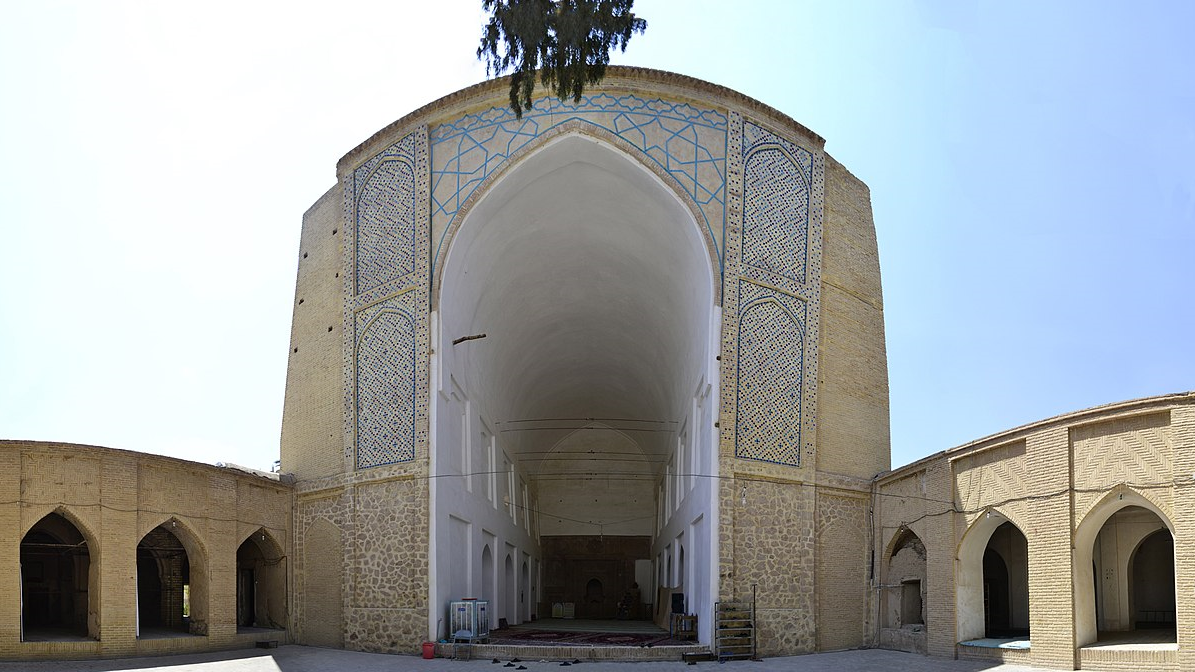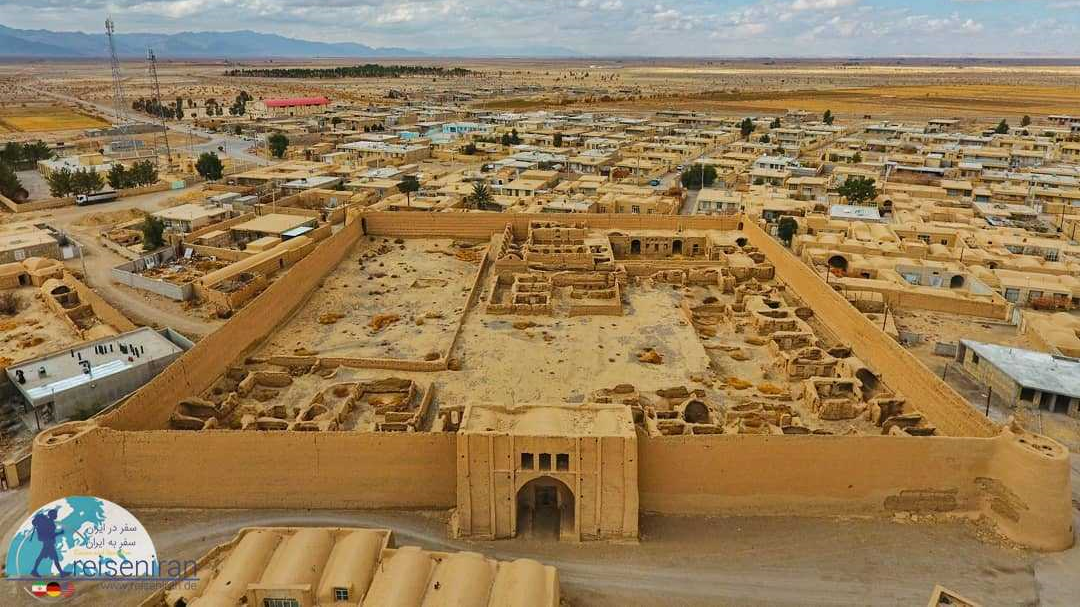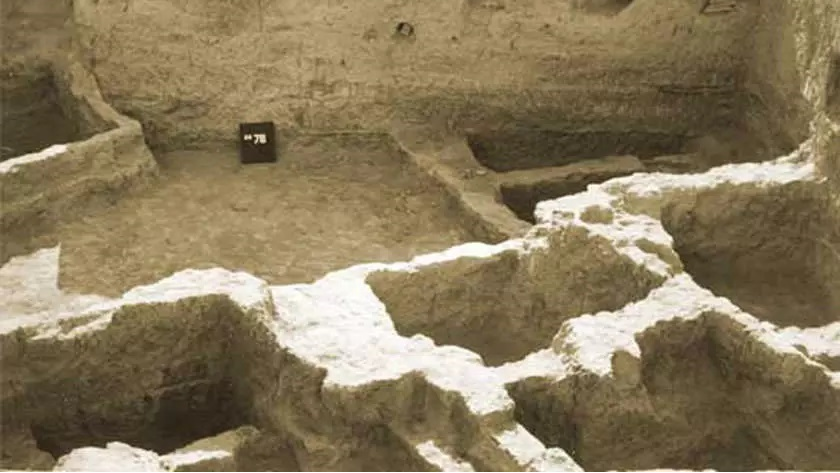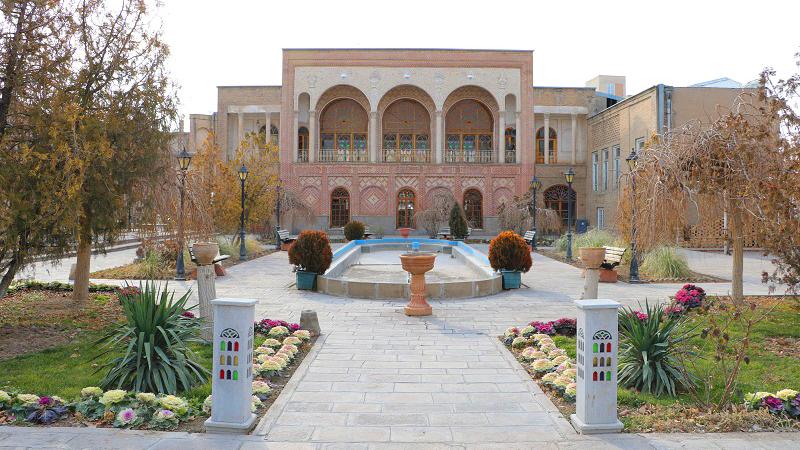
Tabriz Leather Factory: The Factory That Became a University
Tabriz is considered one of the most important industrial cities in Iran. The city has been a pioneer in employing modern production methods for certain products, particularly leather goods. Its historic factories have become significant destinations for industrial tourism. Today, although these old factories—such as the Tabriz Leather Factory—no longer produce goods, they still provide visitors with insight into the structure and methods of production used in the past.
History and Features of Tabriz Leather
Tabriz is one of the most important centers for leather production and leather goods manufacturing in Iran. From ancient times, Tabriz leather enjoyed a special reputation due to its durability and quality, making it highly prized. Historical records indicate that leather production flourished in Iran since the Mongol invasion (13th century CE), and at that time, Tabriz was recognized as one of the leading cities in producing this material.
Over time, Tabriz leather maintained its reputation and gained many admirers in neighboring countries. At one point, Tabriz became one of the largest markets for leather products in the world. The establishment of the first leather factory in Iran in Tabriz in 1929 (1308 AH) highlights the importance of this product to the city’s artisans. Later, other factories were also founded to produce leather and leather goods in Tabriz, including the Khosravi Leather Factory, which is today known as the Tabriz Leather Factory. In the following decades, Tabriz maintained its leadership in Iran’s leather industry and currently produces 40% of the country’s leather shoes.
Today, traditional methods of leather production are used less frequently. However, in Tabriz, some workshops still operate using these traditional techniques, producing items that are unmatched in terms of flexibility, durability, and comfort. One reason for the high quality of Tabriz leather is the use of hides from livestock in the Azerbaijan region, which are raised in a clean environment with favorable climatic conditions.
History of the Tabriz Leather FactoryThe Tabriz Leather Factory can be considered one of the oldest modern factories in the city. Known as the "Khosravi Leather Factory," it was established alongside the Momtaz Match Factory and the Pashmineh Factory. In terms of age, this factory was founded after two other leather factories, Mihan Leather and Iran Leather.
The factory began operations in 1932 (1311 AH). At that time, due to the outbreak of World War II, the factory produced not only leather but also military boots and equestrian shoes. The quality of its products was so high that a portion of them was allocated for export.
The factory continued its operations until 1968 (1347 AH), but in the following years, due to various changes, the shareholders suffered losses, and the factory was eventually shut down. Ultimately, the government assumed management of the factory. After the Islamic Revolution (1979), the factory was administered as part of Iran’s national industries. Later, due to the expansion of Tabriz’s urban fabric, the factory became surrounded by residential houses and was evacuated in 1987 (1366 AH) so that its operations could continue in one of Tabriz’s industrial towns.
Ultimately, the Tabriz Leather Factory building was donated to the Islamic Art University of Tabriz, and restoration work to convert the factory into a university complex began in 1997 (1376 AH). During this process, the worn-out factory buildings were transformed into an amphitheater, administrative offices, a sports complex, a cafeteria, and a library. Part of the factory’s equipment, including turbines and electric generators, was also restored to be displayed as industrial heritage.
Features and Architecture of the Tabriz Leather FactoryThis factory complex covers an area of 36,000 square meters and consists of eight buildings. Among them, four buildings are three stories high, while the rest are single-story structures. Two tall smokestacks make the factory visible from a distance. From the perspective of structure and appearance, the influence of German architectural style is evident in the design of this factory.
National Registration of Tabriz Leather Factory
The Tabriz Leather Factory complex was registered as a national heritage site of Iran in 2000 (1379 SH) under the name “Khosravi Leather Factory Buildings.”
| Name | Tabriz Leather Factory: The Factory That Became a University |
| Country | Iran |
| State | East Azerbaijan |
| City | Tabriz |
| Type | Historical |
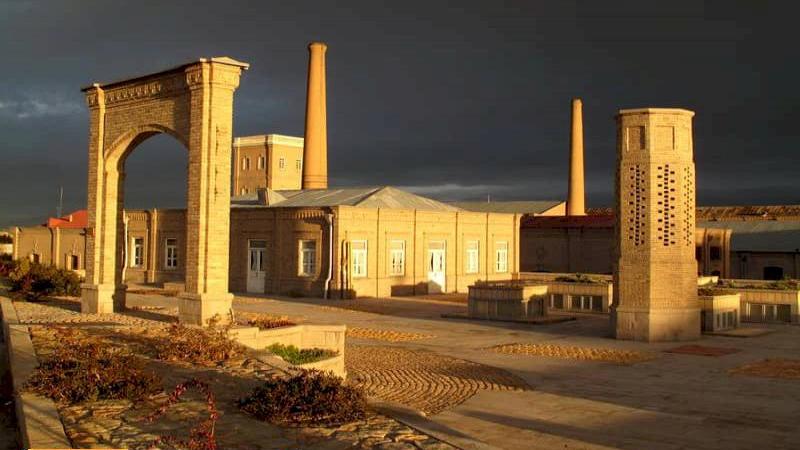
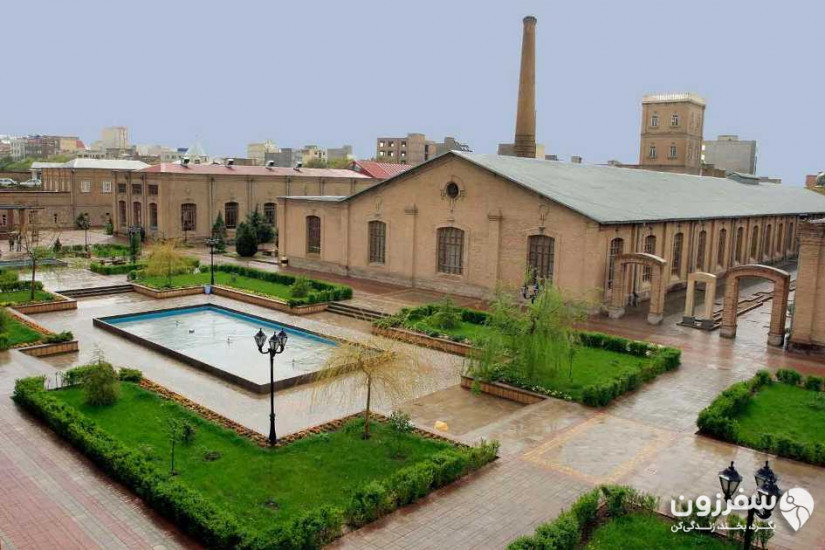
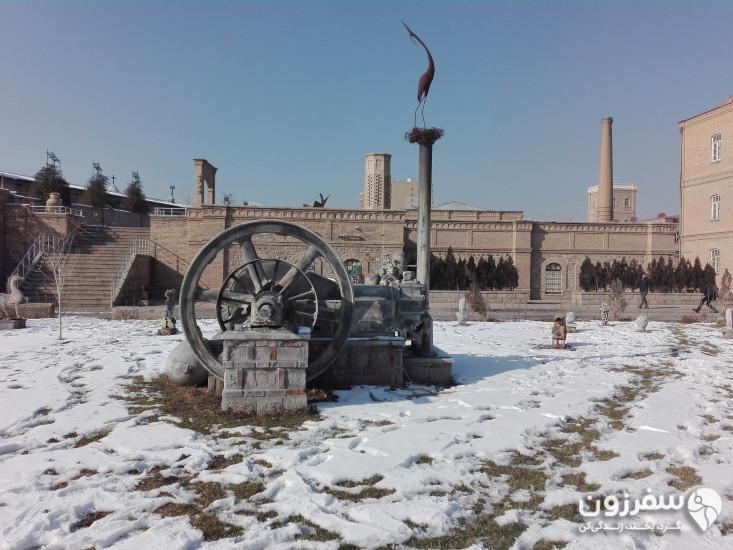
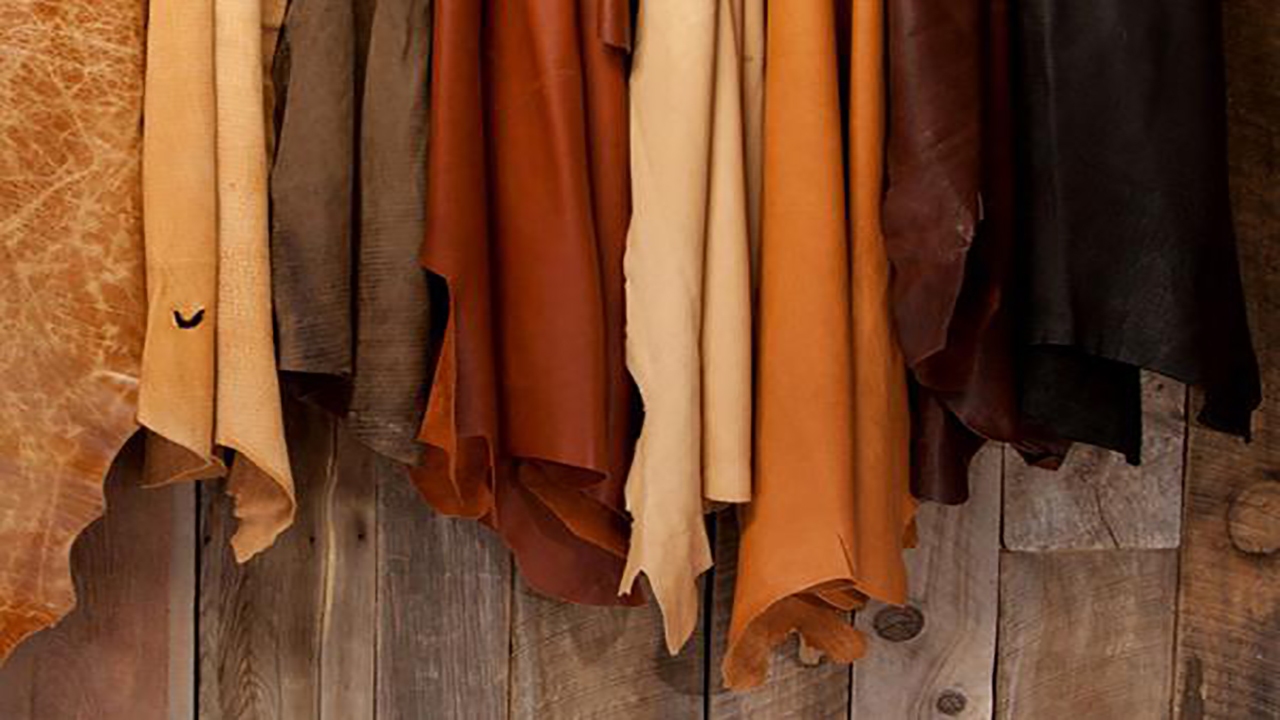






Choose blindless
Red blindless Green blindless Blue blindless Red hard to see Green hard to see Blue hard to see Monochrome Special MonochromeFont size change:
Change word spacing:
Change line height:
Change mouse type:
